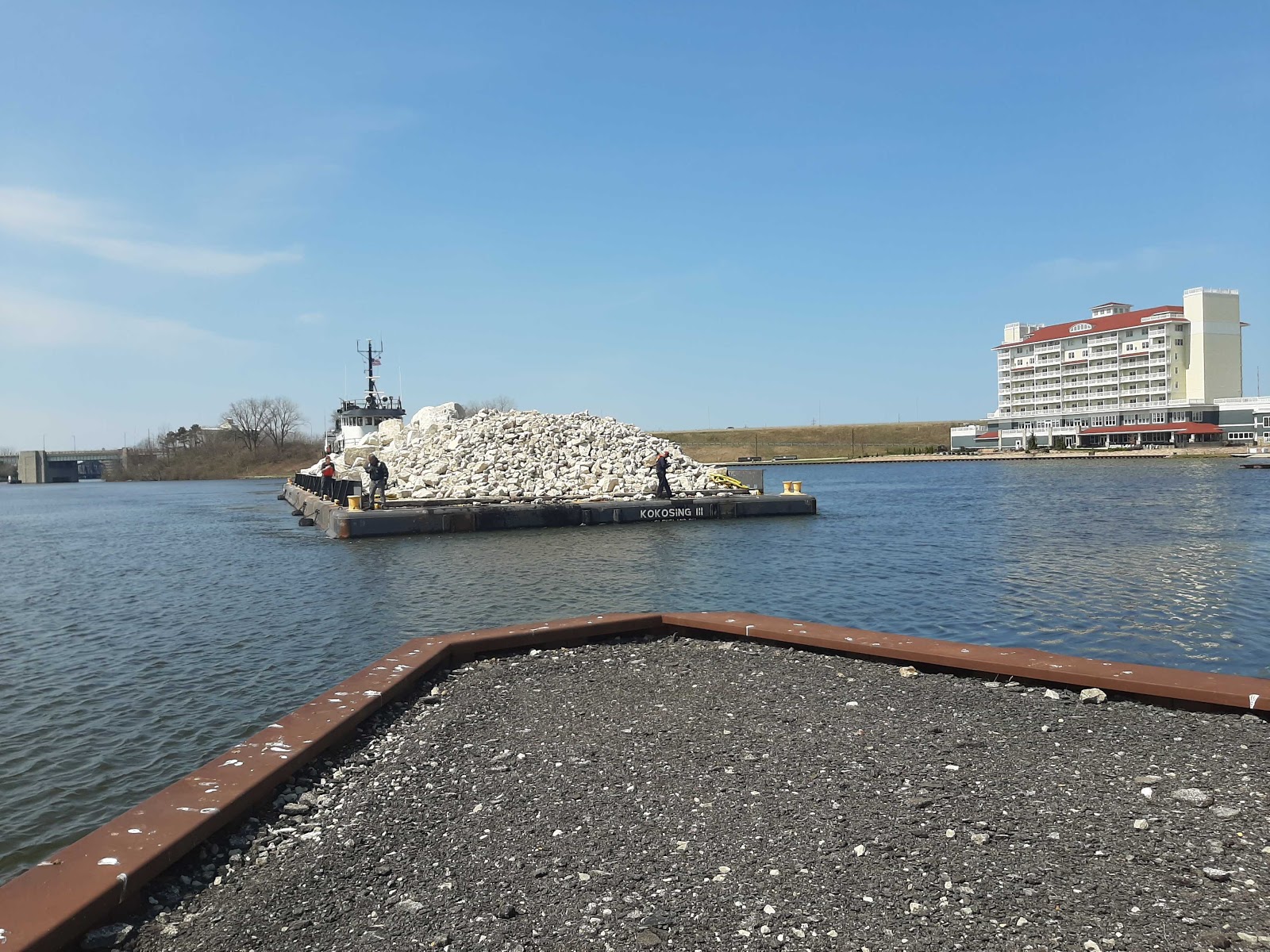
Image Source: Google
Rocks have been used for centuries to protect shorelines and structures from erosion caused by waves and currents. Rock revetments, also known as riprap, are structures made of large rocks or concrete blocks that are placed along the coastline to absorb and deflect the energy of incoming waves. If you need more information about rock revetment construction, you may visit here https://www.coastseawall.com/rock-revetment-west-palm-beach-fl/
Building a rock revetment requires careful planning, proper materials, and skilled construction techniques. This comprehensive guide will walk you through the process of mastering the art of rock revetment construction.
Planning and Preparation
Site Assessment
- Conduct a thorough assessment of the site to determine the extent of erosion and the type of wave action the revetment will be exposed to.
- Consider environmental factors such as tides, currents, and marine life that may impact the construction process.
Permitting and Regulations
- Obtain the necessary permits and approvals from local authorities before starting construction.
- Ensure compliance with environmental regulations to protect the surrounding ecosystem.
Designing the Revetment
Choosing the Right Rocks
- Select rocks that are durable and resistant to erosion, such as granite or limestone.
- Vary the sizes of rocks to create a stable structure that can withstand wave forces.
Gradation and Sizing
- Follow a specific gradation curve to ensure proper interlocking and stability of the revetment.
- Size rocks based on wave energy and velocity to prevent displacement.
Construction Techniques
Preparation of Subgrade
- Clean the subgrade of any debris or vegetation that may affect the stability of the revetment.
- Compact the subgrade to provide a firm foundation for the rocks.
Placing the Rocks
- Start by placing the largest rocks at the base of the revetment to provide stability.
- Fill in gaps with smaller rocks to create a solid structure.
Sloping the Revetment
- Ensure proper slope angles to prevent wave reflection and erosion of the structure.
- Use geotextile fabric to reinforce the revetment and prevent soil erosion.
Maintenance and Monitoring
Regular Inspections
- Inspect the revetment regularly for signs of erosion, displacement, or failure.
- Address any issues promptly to prevent further damage to the structure.
Vegetation Management
- Plant native vegetation on and around the revetment to stabilize the soil and enhance biodiversity.
- Regularly maintain vegetation to prevent overgrowth that may compromise the stability of the structure.
Repair and Reconstruction
- Monitor the revetment for signs of wear and damage that may require repairs or reconstruction.
- Engage professional contractors to perform repairs and ensure the structural integrity of the revetment.
Conclusion
Mastering the art of rock revetment construction requires a combination of technical knowledge, practical skills, and attention to detail. By following the guidelines outlined in this comprehensive guide, you can effectively plan, design, and construct rock revetments that provide long-lasting protection against erosion and wave action. Remember to prioritize safety, environmental sustainability, and regular maintenance to ensure the success of your rock revetment project.